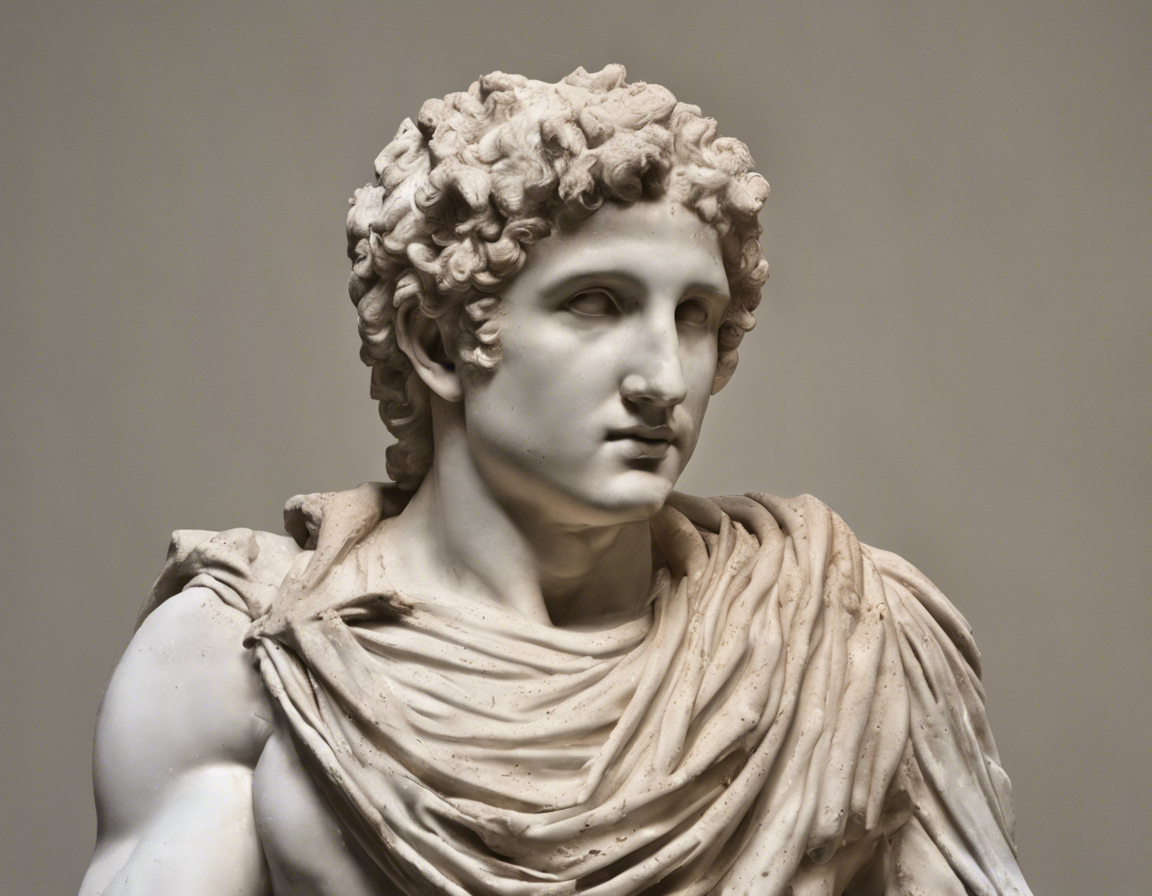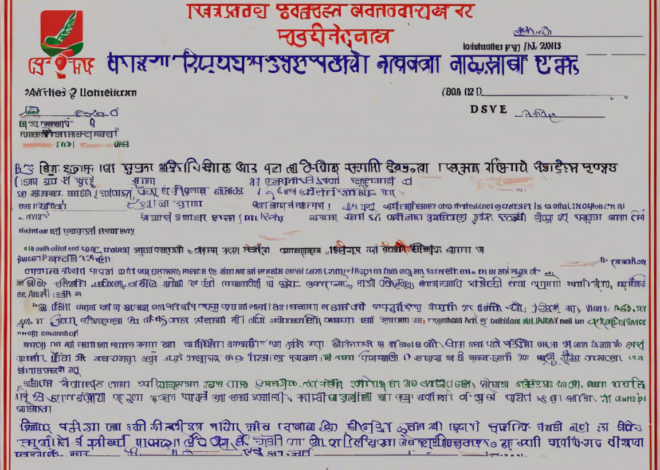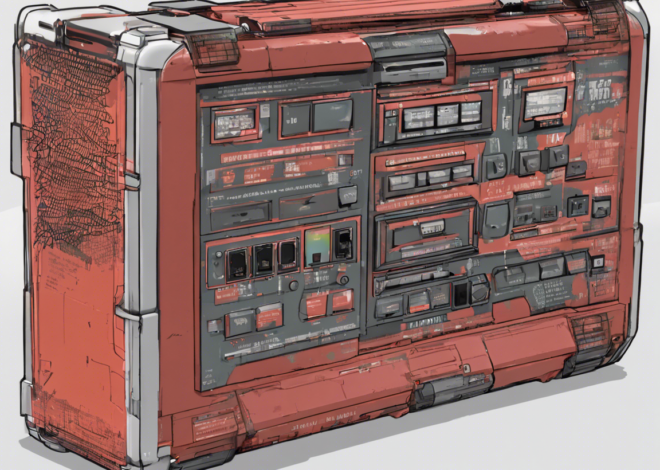
Unveiling the Mysteries of Dusted Apollo
Introduction
In the realm of astronomy, there are numerous celestial bodies that have captivated humanity for centuries. From the twinkling stars to the enigmatic planets, the universe is a vast expanse of wonder and intrigue. Among these cosmic entities, one that stands out due to its intriguing characteristics is the Dusted Apollo. This mysterious phenomenon has piqued the curiosity of astronomers and stargazers alike, offering a glimpse into the fascinating world beyond our own.
What is Dusted Apollo?
Dusted Apollo is a unique astronomical event that occurs when a comet or asteroid passes close to the Earth’s orbit, leaving behind a trail of cosmic dust particles. These particles can range in size from minuscule grains to larger fragments, creating a dazzling display as they interact with the Earth’s atmosphere. When these dust particles collide with the Earth’s atmosphere, they burn up in a spectacular fashion, creating bright streaks of light known as meteor showers.
The Science Behind Dusted Apollo
The phenomenon of Dusted Apollo is rooted in the science of meteoroids, meteors, and meteorites. Meteoroids are small rocky or metallic bodies that travel through space, often originating from comets or asteroids. When a meteoroid enters the Earth’s atmosphere, it begins to burn up due to the intense heat and friction generated by its high-speed entry. This process produces a bright streak of light known as a meteor, or shooting star. If a meteoroid survives its journey through the atmosphere and lands on Earth, it is then classified as a meteorite.
Dusted Apollo is a specific type of meteor shower that occurs when the Earth passes through a stream of cosmic dust left behind by a comet or asteroid. As these dust particles interact with the atmosphere, they generate a series of meteors that appear to radiate from a single point in the sky, known as the radiant. The intensity of a meteor shower can vary depending on the size and density of the dust particles, with some showers producing only a few meteors per hour, while others can create a dazzling display of hundreds or even thousands of meteors.
Famous Dusted Apollo Events
Throughout history, several notable Dusted Apollo events have captured the attention of skywatchers around the world. One of the most famous meteor showers is the Perseids, which occurs annually in August as the Earth passes through the debris left behind by the comet Swift-Tuttle. The Perseids are known for their bright and colorful meteors, making them a favorite among stargazers.
Another well-known meteor shower is the Leonids, which is associated with the comet Tempel-Tuttle and peaks in November. The Leonids are famous for their occasional meteor storms, where hundreds or even thousands of meteors can be seen in a single hour. These spectacular displays have made the Leonids a must-see event for astronomy enthusiasts.
How to Observe Dusted Apollo
If you’re interested in witnessing a Dusted Apollo event for yourself, there are a few key tips to keep in mind. Find a dark location away from city lights to maximize your viewing experience, and give your eyes time to adjust to the darkness. Be patient, as meteor showers can sometimes have lulls in activity before picking up again. Consider bringing a blanket or chair to sit back and enjoy the show comfortably.
The Mystique of Dusted Apollo
The allure of Dusted Apollo lies in its ephemeral nature and the sense of wonder it inspires in those who witness it. Each meteor that streaks across the sky is a reminder of the vastness and beauty of the universe, serving as a humbling reminder of our place in the cosmos. Whether you’re a seasoned astronomer or a casual skywatcher, Dusted Apollo offers a chance to connect with the wonders of the night sky in a truly breathtaking way.
FAQs about Dusted Apollo:
- What causes a meteor shower like Dusted Apollo?
-
Meteor showers like Dusted Apollo are caused by the Earth passing through a trail of cosmic dust left behind by a comet or asteroid.
-
When is the best time to see a Dusted Apollo event?
-
Dusted Apollo events can occur throughout the year, with some showers being more visible during certain months. Check online resources for the latest information on upcoming meteor showers.
-
Can Dusted Apollo be seen with the naked eye?
-
Yes, many Dusted Apollo events can be seen with the naked eye, especially during peak activity when the number of meteors is highest.
-
Are there any safety precautions to take when observing Dusted Apollo?
-
When observing Dusted Apollo, it’s important to dress warmly, bring a blanket or chair for comfort, and avoid looking directly at any bright lights or sources of light pollution.
-
What is the difference between a meteoroid, meteor, and meteorite?
- A meteoroid is a small rocky or metallic body in space, a meteor is the bright streak of light produced when a meteoroid enters Earth’s atmosphere, and a meteorite is a meteoroid that survives its journey through the atmosphere and lands on Earth.
In conclusion, Dusted Apollo is a fascinating celestial phenomenon that offers a glimpse into the beauty and complexity of the universe. By understanding the science behind meteor showers and taking the time to observe these incredible events, we can deepen our appreciation for the wonders of the night sky. So, grab a blanket, find a dark spot away from city lights, and prepare to be awed by the magic of Dusted Apollo.


